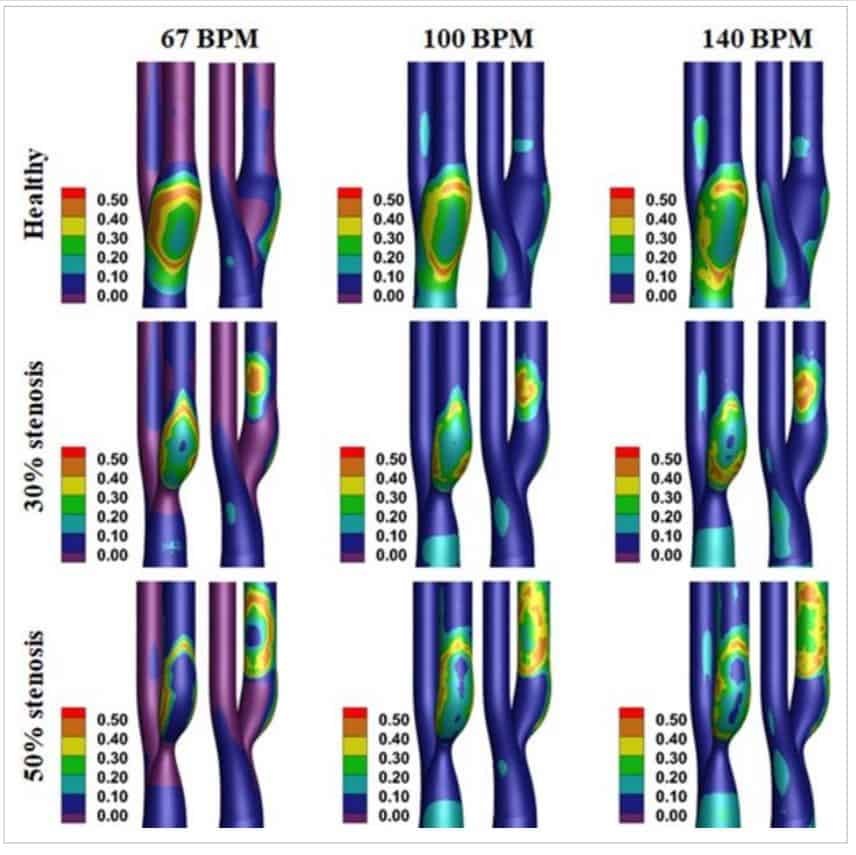Are You at Risk? New Research Suggests Exercise Could Potentially Interrupt Blood Flow to the Brain, Increasing Stroke Risk
Many individuals tend to dismiss the precautionary notes ahead of fitness sessions, which recommend seeking medical advice prior to engaging in intense physical activities. Despite the general health benefits of exercise, it could pose a risk under certain health conditions due to its effect on heart rate.
A study conducted by the Indian Institute of Technology Kharagpur revealed that high heart rates, as a result of exercise, can trigger a stroke in patients who have significant blockage in their carotid arteries. On the other hand, for those in good health or with only minor artery blockages, exercise serves as a vital tool for sustaining healthy blood circulation.
Carotid arteries, located on either side of the neck, are responsible for blood supply to the facial tissues and the brain. Accumulation of fats, cholesterol, and other particles on the inner walls of these arteries results in plaque, which then narrows the artery.
This narrowing process, known as stenosis, poses a serious health risk as it restricts blood supply to the brain. The early stages of plaque build-up can be hard to identify, but once stenosis sets in, the brain becomes oxygen-deprived due to reduced blood flow, leading to a stroke.
For individuals in good health, a high heart rate aids in boosting and balancing the drag force of blood on the vessel wall, hence minimizing the risk of stenosis. However, the same cannot be said for those already dealing with stenosis.
To analyze this, the research team created a unique computational model simulating blood flow within the carotid arteries at three distinct stenosis stages: unblocked, mildly blocked (30%), and moderately blocked (50%). They then compared the impacts of an exercise-induced heart rate of 140 beats per minute against resting heart rates of 67 and 100 bpm.
As predicted, in the case of healthy individuals and mild blockages, the exercise scenario enhanced the health of the simulated carotid arteries. However, the outcomes were concerning when it came to moderate blockages.

“Intense exercise shows adverse effects on patients with moderate or higher stenosis levels,” remarks author Somnath Roy. “It substantially increases the shear stress at the stenosis zone, which may cause the stenosis to rupture. This ruptured plaque may then flow to the brain and its blood supply, causing ischemic stroke.”
Moreover, a higher heart rate might also raise the chance of forming another instance of stenosis.
Several elements, such as age, lifestyle habits, and genetic predisposition, contribute to the risks associated with stenosis and strokes. The study’s authors, however, suggest regular arterial health assessments for individuals who engage in strenuous workouts. They also advocate for a thoughtfully planned exercise program for individuals with moderate to severe stenosis, or for those who have previously experienced strokes.
Source: 10.1063/5.0153323
Image Credit: Shutterstock